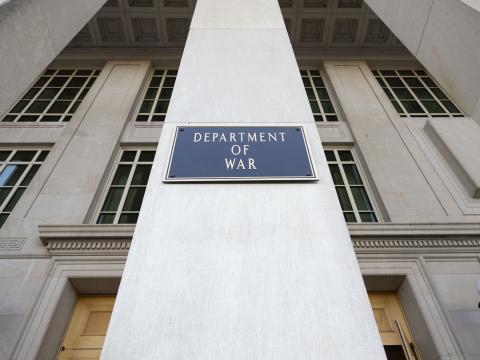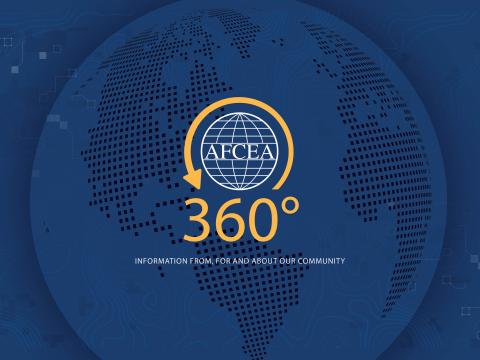Congress and the Intelligence Community: Rebuilding Trust
In recent years Congress has demonstrated significant concern regarding perceptions of the IC’s behavior, practices, and management. In response, IC members sense that Congress wishes to limit their prerogatives and flexibility. Although a number of IC leaders enjoy support on Capitol Hill, the relationship that currently exists between Congress and the community has been undercut in recent years by several circumstances.
http://www.afcea.org/signal/articles/articlefiles/1925-Spring09whitepaperforweb.pdf




Comment
An integration and cross
Comments